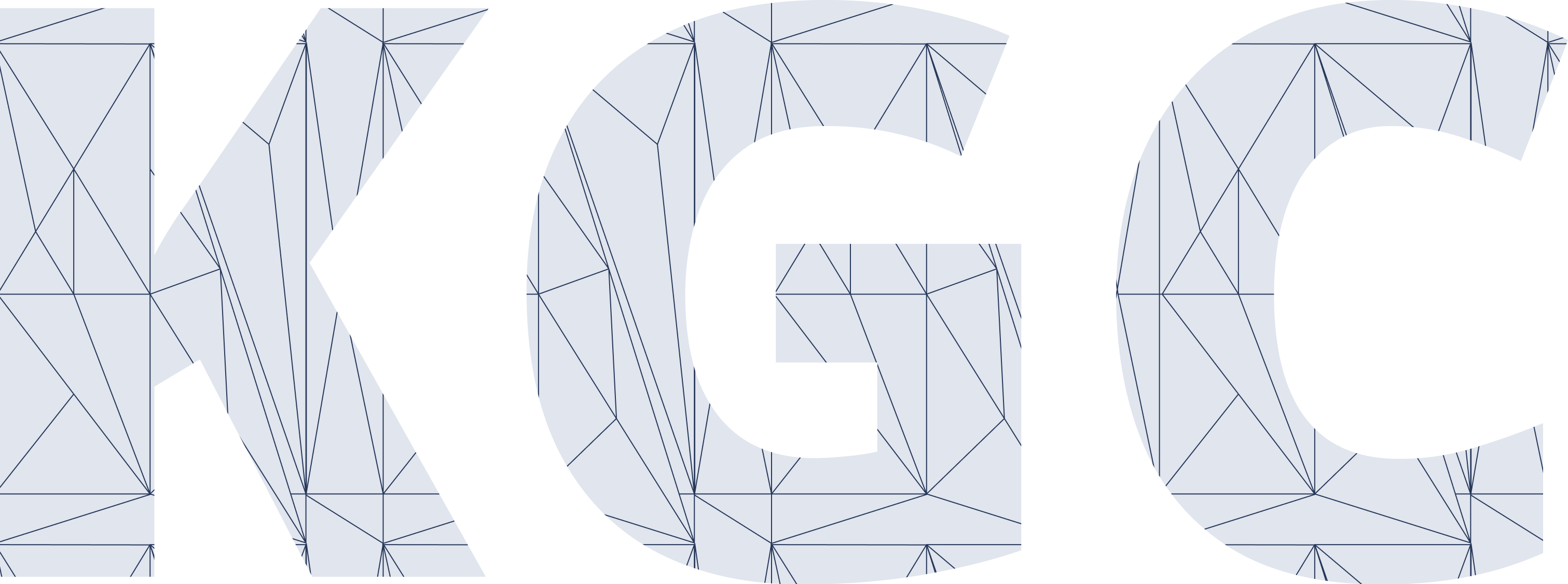Joshua Shinavier

Senior Staff Engineer
Biography
Joshua is a member of the graph team at LinkedIn, currently focused on computational knowledge graphs. A co-founder of Apache TinkerPop and holder of a Semantic Web PhD, Joshua has made a career of graph databases and knowledge representation. He is among those who think that we “think in graphs”, and feels that knowledge graphs work best as a natural extension of human cognition.
Talks and Events
2023 Talk: Colossal, Compositional, Computational Knowledge Graphs at LinkedIn
LinkedIn is the world’s largest professional social network, and the foundation of that network is a knowledge graph: the Economic Graph. In this presentation, we will explore the current state of graphs at LinkedIn, including graph serving and analytics, as well as our latest work on a common model for strongly-typed graph data, transformations, programs and APIs. Data at rest and data in motion, various schema and data languages, various graph and non-graph query languages, symbolic and subsymbolic representations are equally valid as inputs to and outputs of the graph. By placing singular importance on composability, we aim to remove all barriers to the flow of professional knowledge, making it a universal resource.
Track: Systems and Scale
Session Topics:
- Knowledge graph construction
- Virtual graphs
- Graph data models
- Interoperability graph data models
- Interoperability
2021 Talk: Anything-to-Graph
Show me your schemas, and I will show you a graph! Although graph databases have become very popular in the enterprise, deep expertise in graphs is still in short supply (see “Building an Enterprise Knowledge Graph @Uber: Lessons from Reality” from KGC 2019). Developers often think of graphs as a completely different kind of thing from the rest of their company’s data, and will go to great lengths to force their data into a “graph” shape. The amount of manual effort involved in building and maintaining ETL pipelines can become a bottleneck and a maintenance burden. In fact, there is usually a rich domain data model of entities, relationships, and properties which is already implicit in the company’s existing schemas, be they interface descriptions for microservices, relational schemas, or various other kinds of storage schemas. Taking advantage of these schemas, and mapping conforming data into the graph, ought to require relatively little extra work, but developers need appropriate tools. In this presentation, we will illustrate such mappings with real-world examples from Uber, as well as introducing formal techniques for schema and data migration. We will also look ahead to the emerging GQL standard as the foundation for a new generation of highly interoperable graph database tools.
2019 Talk: Building an Enterprise Knowledge Graph at Uber: Lessons from Reality
The origins of graph databases, like the origins of digital knowledge representation and inference, can be traced as far back as the 1960s. So why do knowledge graphs seem like a new thing? While there is a compelling vision that has powered decades of research as well as the development of robust standards like RDF and SPARQL, it is only fairly recently that large technology companies have taken the first tentative steps toward making knowledge graphs core to their business. This entails an intricate process of adapting high-level design goals to the realities of existing data infrastructure, available tools, and developer culture. Controlled vocabulary, well-understood data models and query languages, and some form of rules or reasoning are all essential, but there is frequently a mismatch between research and standards on the one hand, and practical constraints on the other. In this talk, we will present an overview of Uber’s knowledge graph and use cases, together with a discussion of the demands of very large and rapidly changing datasets, the data modeling practices that work best in our environment, and the need to uphold user data rights.
